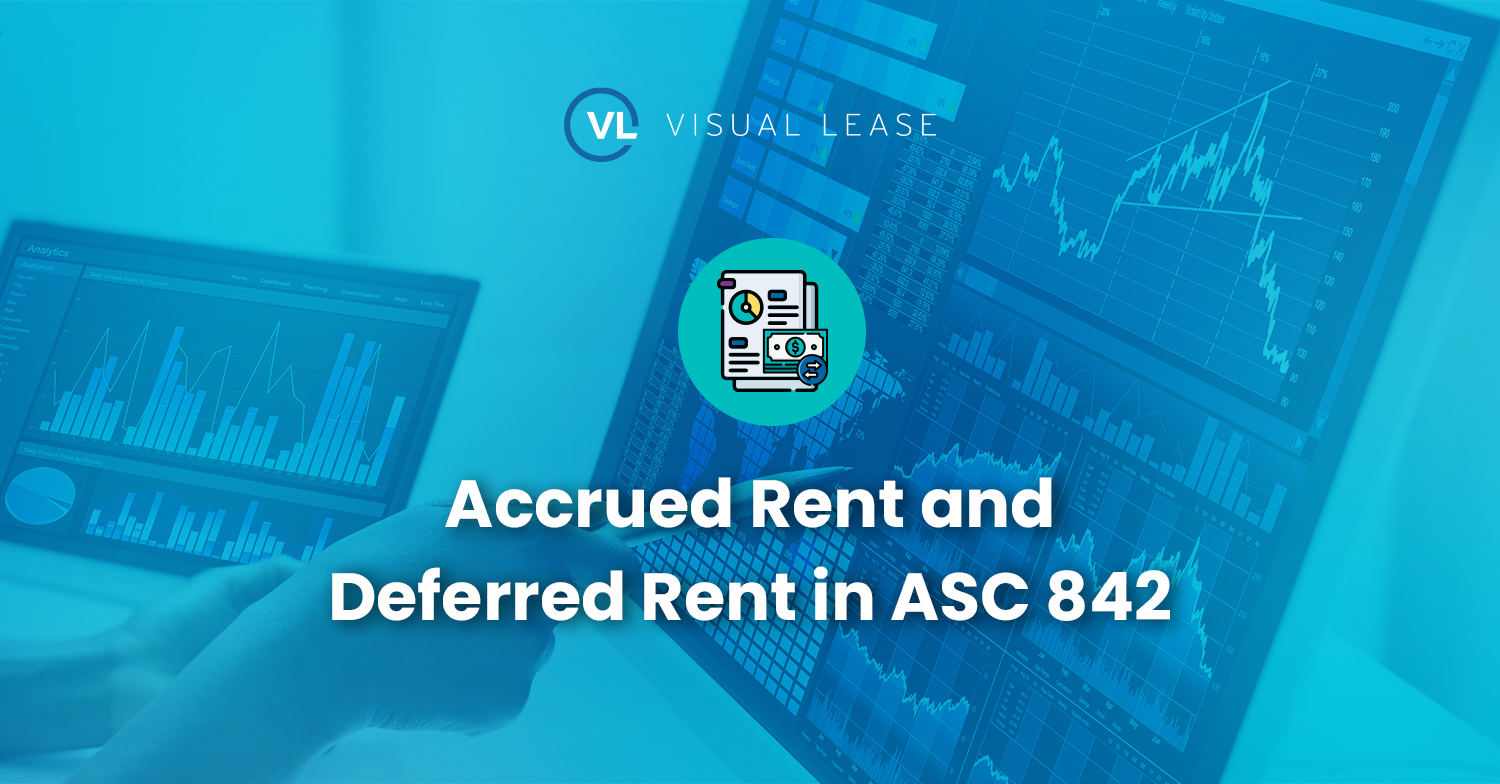
Table of Contents
Understanding Accrued Rent and Deferred Rent in ASC 842 Accounting
Rent is one of the largest expenses that companies face, and it’s critical to properly account for it. Under the new accounting standard ASC 842, there are some changes to how rent is accounted for. Two important concepts to understand in rent accounting are 1. accrued rent and 2. deferred rent. In this post, we will explore what these terms mean, the difference between them, and what to keep in mind when it comes to rent accounting under ASC 842.
What is Accrued Rent?
Accrued rent is a type of rent expense that has been recognized but not yet paid. It represents the difference in timing between paying rent and the actual cash payment of rent. In a traditional straight-line application, rent is expensed equally across the lease’s entire term. However, the actual rent payments made may vary depending on the lease agreement. In some cases, the rent may be expensed when no rent is paid, resulting in accrued rent.
Accrued rent is a liability under the ASC 840 methodology, but under ASC 842, there is no accrued rent. This is because there is already an asset and a liability recorded for the lease under the new standard.
What is Deferred Rent?
Deferred rent is the difference between the amount of rent paid and the rent expense. In a straight-line rent application, the rent paid in the early months of the lease is less than the rent paid in later months. This results in deferred rent, which is recorded as a liability on the balance sheet.
Accrued Rent vs. Deferred Rent: What’s the difference?
Accrued rent and deferred rent are both accounting concepts that relate to the timing of rent payments and rent expense recognition, but they represent different scenarios. Accrued Rent represents a difference in timing, whereas Deferred Rent represents a difference of amount in the period.
Under the new lease accounting standard, ASC 842, accrued rent is not recognized separately as a liability because the right-of-use asset recognized on the balance sheet already reflects the straight-line rent expense. The difference between the right-of-use asset and lease liability represents the deferred rent or prepaid rent.
Accrued Rent Example
Consider a scenario where a company enters into a lease agreement for office space at $10,000 per month. The lease agreement requires payment at the end of each quarter. At the end of the first month, the company accrues $10,000 as rent expense because it has utilized the office space for that period. However, the actual payment of rent doesn’t occur until the end of the quarter. Therefore, at the end of each month, the accrued rent increases by $10,000 until the payment is made at the end of the quarter.
Deferred Rent Example
Imagine a company signs a lease for equipment with a total lease term of five years. The lease agreement stipulates that the monthly rent for the first year is $1,000, but it gradually increases by $100 each year thereafter. In this case, the company pays $1,000 per month in rent, but the rent expense recognized in the early years is lower than the actual rent paid due to the gradual increase. Consequently, the difference between the rent paid and the rent expense recognized constitutes deferred rent, which accumulates over the lease term.
These examples illustrate the distinction between accrued and deferred rent and how they manifest in real-world lease agreements. Understanding these concepts is crucial for accurate financial reporting under ASC 842 accounting standards. For further insights into accrued and deferred expenses, refer to the article here.
Key Considerations for Rent Accounting under ASC 842
Rent accounting under ASC 842 can be complex and requires careful consideration. Here are some key things to keep in mind:
- Identify lease arrangements: The first step is to identify all lease arrangements, including embedded leases, and determine if they meet the criteria for recognition under ASC 842.
- Determine lease term: The lease term is the period during which the lessee has the right to use the leased asset. It includes the non-cancellable period of the lease plus any periods covered by options to extend or terminate the lease if they are likely to be exercised.
- Determine lease payments: Lease payments include fixed payments, variable payments based on an index or rate, and any other amounts the lessee is required to pay under the lease. Not all are included in the calculation of the Lease Liability and Right of Use Asset. The details of the lease agreement and your accounting elections will determine the proper payments to include.
- Calculate lease liability: The lease liability is the present value of lease payments, discounted using the lessee’s incremental borrowing rate. Private business entities have the option to use a risk-free rate in place of the incremental borrowing rate. This represents the obligation to make lease payments over the lease term.
- Calculate right-of-use asset: The right-of-use asset is the lease liability plus any initial direct costs and lease payments made before the lease commencement date. Lease incentives, deferred, and accrued rent can also impact the right-of-use asset value. It represents the lessee’s right to use the leased asset over the lease term.
- Recognize lease expense: If the lease is an operating lease, the lease expense is recognized on a straight-line basis over the lease term, unless there is a more appropriate basis for allocation. If the lease is a finance lease, the lease expense is recognized as straight-line amortization of the right-of-use asset plus the period interest expense.
Overall, rent accounting under ASC 842 requires a detailed analysis of lease arrangements, lease terms, and lease payments, as well as careful consideration of transition requirements. It is important for entities to have robust processes and systems in place to ensure compliance with the standard.























